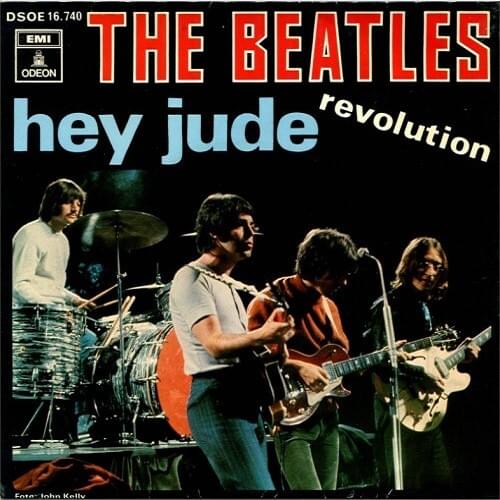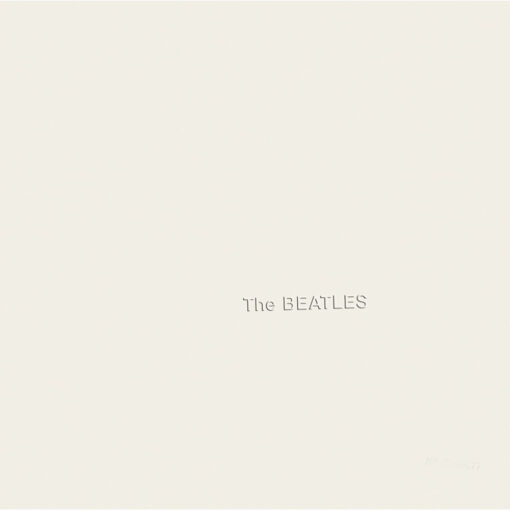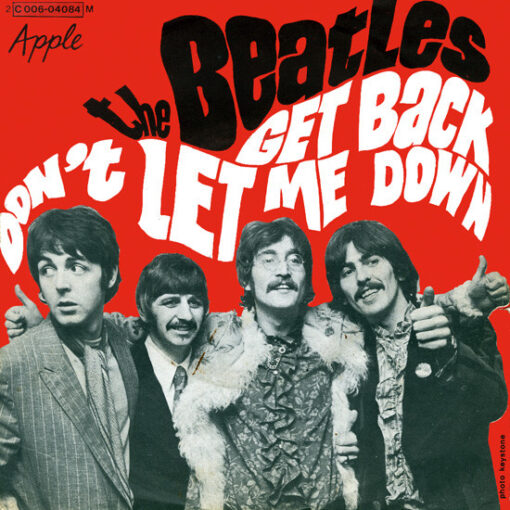- Published on 1969
- Author: Lennon/McCartney
- Track 14 on “Abbey Road“
GEORGE 1969: “Another very melodic tune of Paul’s which is also quite nice.”
JOHN 1969: “It was up to Paul where he went with violins and what he did with them, and I think he wanted a stright kind of backing– nothing freaky.”
PAUL 1969: “I was just playing the piano in Liverpool at my dad’s house, and my sister Ruth’s piano book… she was learning piano… and ‘Golden Slumbers and your old favorites’ was up on the stand, you know– it was a little book with all those words in it. I was just flipping through it and I came to ‘Golden Slumbers.’ I can’t read music so I didn’t know the tune… I can’t remember the old tune… so I just started playing ‘my’ tune to it. And then, I liked the words so I just kept that, you know, and then it fitted with another bit of song I had– which is the verse in between it. So I just made that into a song. It just happened ‘cuz I was reading her book.”
About “Golden Slumbers”
Written by Paul McCartney and credited to Lennon–McCartney, it is the sixth song of the album’s climactic B-side medley. The song is followed by “Carry That Weight” and begins the progression that leads to the end of the album. The two songs were recorded together as a single piece, and both contain strings and brass arranged and scored by producer George Martin.
“Golden Slumbers” is based on the poem “Cradle Song” from the play Patient Grissel, a lullaby by the dramatist Thomas Dekker. McCartney saw sheet music for “Cradle Song” at his father’s home in Liverpool, left on a piano by his stepsister Ruth. Unable to read music, he created his own music.
McCartney uses the first stanza of the original poem, with minor word changes, adding to it a single lyric line repeated with minor variation. In the 1885 collection “St Nicholas Songs”, p. 177, is W J Henderson’s music set to the poem, titled “Golden Slumbers Kiss Your Eyes”. Abbey Road does not credit Dekker with the stanza or with the title. Thomas Dekker’s poem was set to music by W J Henderson in 1885, Peter Warlock in 1918, also by Charles Villiers Stanford and Alfredo Casella.
McCartney was the lead vocalist. He begins the song in a soft tone appropriate for a lullaby, with piano, bass guitar, and string section accompaniment. The drums come in on the line “Golden slumbers fill your eyes”, and McCartney switches to a stronger tone, both of which emphasise the switch to the refrain. McCartney said, “I remember trying to get a very strong vocal on it, because it was such a gentle theme, so I worked on the strength of the vocal on it, and ended up quite pleased with it.”
The main recording session for “Golden Slumbers”/”Carry That Weight” was on 2 July 1969. John Lennon was not present, as he had been injured in a motor vehicle accident in Scotland on 1 July, and was hospitalised there until 6 July.
Drums, timpani, and additional vocals were added in an overdub session on 31 July, the same day the first trial edit of the side two medley was created, with Lennon participating in the session. On 15 August, orchestral overdubs that marked 30 musicians altogether were added to “Golden Slumbers” and five other songs on Abbey Road.
Scottish band White Trash recorded “Golden Slumbers/Carry That Weight” which was released as a single on Apple Records a week prior to the Abbey Road release.
Meaning of “Golden Slumbers”
The lyrics of “Golden Slumbers” evoke a sense of comfort, warmth, and a lullaby-like atmosphere.The term “Golden Slumbers” is a metaphor for a peaceful and blissful state of rest or sleep. The song’s lyrics speak to a soothing and protective presence, suggesting a sense of security and contentment. It conveys a message of care and reassurance, perhaps akin to a parent singing a lullaby to a child.
McCartney, inspired by Thomas Dekker’s poem “Cradle Song,” incorporated its sentiments into the song, adding his own musical interpretation.
Overall, “Golden Slumbers” can be interpreted as a gentle and heartfelt expression of comfort, love, and protection, making it a universally relatable and emotionally resonant song.
Personnel
The Beatles
- Paul McCartney – lead vocals, piano
- George Harrison – 6-string bass guitar
- Ringo Starr – drums, timpani
Additional musicians
- Unnamed session musicians – twelve violins, four violas, four cellos, double bass, four horns, three trumpets, trombone, bass trombone
- George Martin – orchestral arrangement



